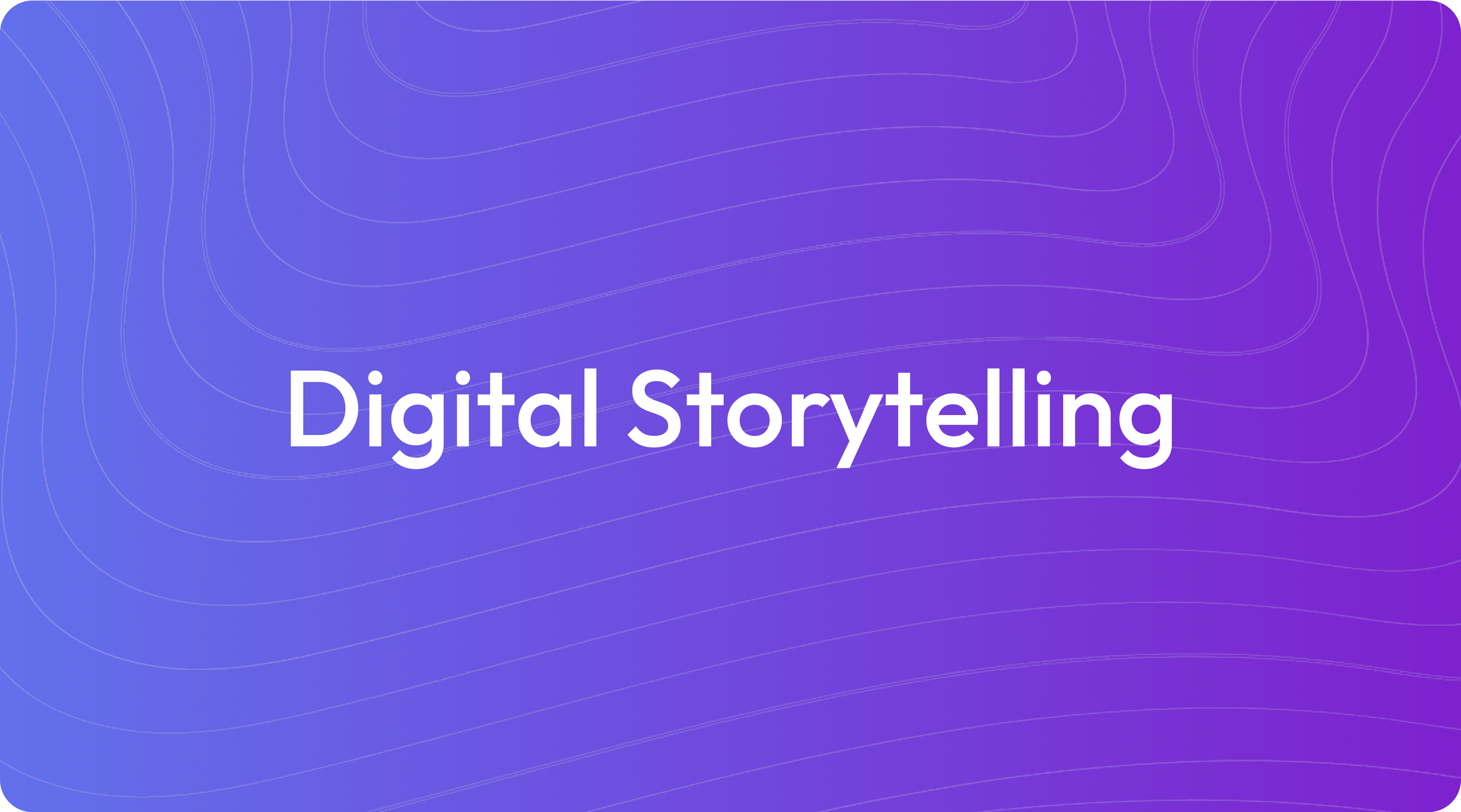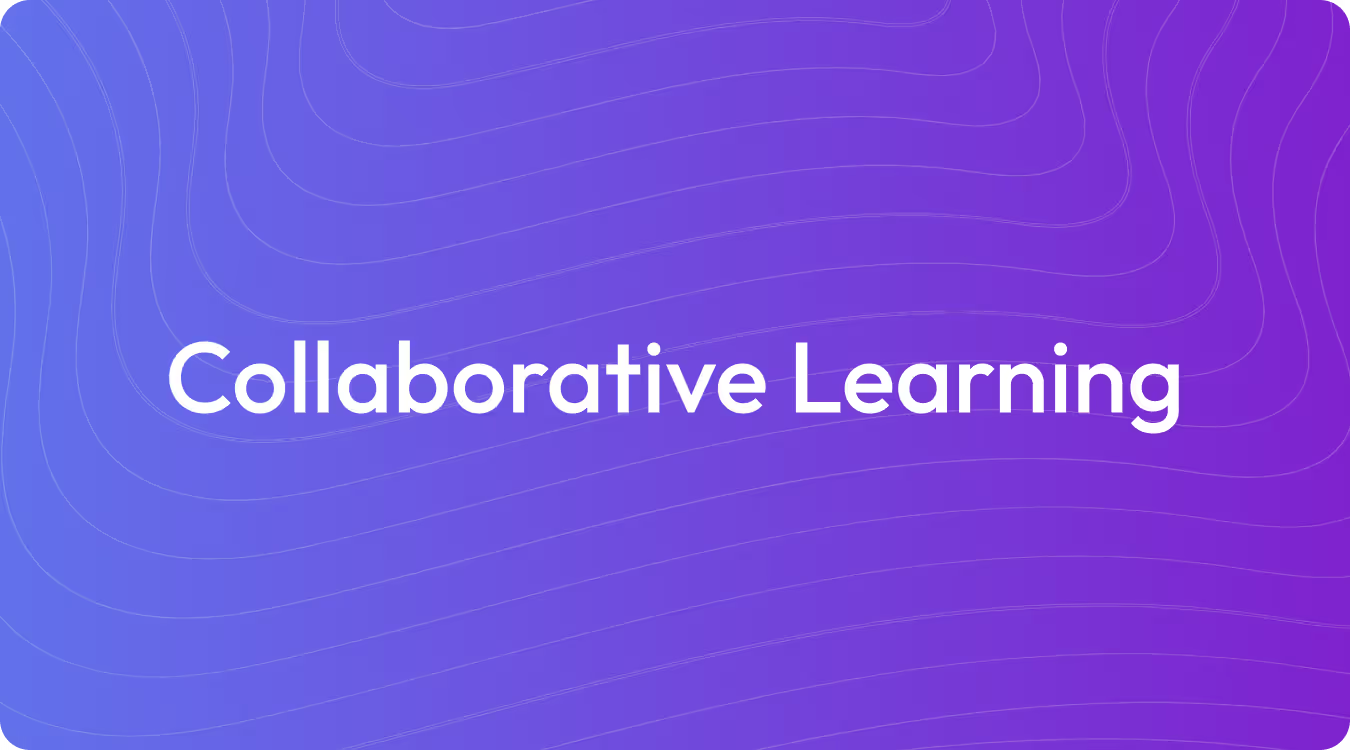What Is Discourse in Education?
-min.png)
What Is Discourse in Education?
Discourse is the practice of listening and speaking about a topic to build knowledge and community engagement. In education, this refers to the language and communication that surrounds policies and classroom practices. These conversations, both formal and informal, shape everything from curriculum decisions to how we approach inclusivity. It's the way we talk about teaching and learning, and it has a real impact on student outcomes.
.png)
Discourse Strategies and Activities
Discourse strategies are founded on the idea that learning is a social process. They use structured academic talk and student dialogue to help learners deepen their understanding of a subject. These methods often involve peer-to-peer conversations, which can introduce diverse perspectives and give students more agency in their learning.
By using activities like turn-and-talks, debates, or reflective discussions, students can clarify their own thinking and learn from others. These approaches support the development of critical thinking and collaborative skills. They are adaptable across different subjects and grade levels.
Here are some discourse strategies and activities you can implement in your classroom:
- Turn-and-Talk: A brief, paired discussion where students can process information or generate ideas with a partner before sharing with the larger group.
- Debate: Students prepare and defend a position on a debatable question using evidence, while also listening to opposing views.
- Fishbowl Discussion: An inner circle of students discusses a topic while an outer circle observes, takes notes, and prepares to join the conversation.
- Think-Pair-Share: Students think about a topic individually, discuss it with a partner, and then share their combined thoughts with the class.
- Silent Seminar: Students engage in a written conversation, responding to prompts and each other's comments on a shared document or at stations around the room.
- Revoicing: The teacher restates a student's contribution to clarify the idea, affirm its value, and make it accessible to the whole class.
- Adding On: Students are prompted to build upon a peer's idea or strategy, which encourages collaborative thinking.
- Accountable Talk: A framework that uses a set of norms and talk moves to promote meaningful and respectful classroom conversations.
- Reflective Discussion: Students are given time to consider how a discussion has affected their own thoughts and ideas.
- Socratic Seminar: A structured dialogue where students explore complex ideas in a text through thoughtful questioning and active listening.
Discourse Benefits
Discourse-based learning is built on the idea that learning is a social activity. It uses structured academic talk and student dialogue to help learners deepen their understanding. This approach gives students agency by having them build meaning through conversation and peer-to-peer interaction.
This method can support knowledge building and critical thinking, but its effectiveness depends on intentional planning and structure. Without careful implementation and teacher guidance, there are risks of student disengagement and missed learning opportunities.
When considering discourse-based learning, here are some key points to keep in mind:
- Knowledge Building: Oral discussion is a primary way for students to build knowledge across different subjects.
- Implementation Demands: Effective discourse requires high intentionality from teachers, with well-communicated routines and structure.
- Critical Thinking: Students can refine their thinking skills as they express, reflect on, and discuss different ideas and strategies.
- Teacher Dominance: A potential pitfall is the teacher over-involving themselves, which can limit student agency and independent thought.
- Language Development: It provides a social context for learning that supports students from diverse language backgrounds and helps develop advanced language skills.
- Need for Direct Instruction: Students may need explicit teaching on how to work together, set norms, and use discourse-related skills.
- Student Engagement: It provides opportunities for active participation and peer modeling, which can increase student engagement.
- Managing Group Dynamics: Students may need direct instruction on group norms and respectful disagreement to function effectively in collaborative settings.
- Community Building: Small group discussions can help develop a sense of community and belonging as students share knowledge and ideas.
- Planning Time: Teachers may need to dedicate significant time to planning, modeling, and scaffolding discourse routines.
Discourse Examples
Classroom discourse can be facilitated through specific teacher actions and structured student activities. These methods range from conversational prompts that guide student talk to organized, peer-to-peer discussion formats.
While these strategies are associated with student engagement and cognitive skill development, their implementation requires consideration. Teachers often report that shifting to discussion-based lessons presents challenges related to planning time, available resources, and the commitment needed to build a new classroom culture.
Here are a few examples of discourse strategies:
- Revoicing: The teacher or a student restates another student's contribution and asks for confirmation to ensure the idea was interpreted correctly.
- Wait Time: A deliberate pause after a question is asked, giving all students time to process information and formulate their thoughts before responding.
- Fishbowl Discussion: A small group of students discusses a topic in an inner circle, while an outer circle of students observes and listens before switching roles.
- Debates: A structured activity where students research a topic, form an opinion, and use evidence to communicate their point of view to their peers.
- Adding On: Students are prompted to contribute to or expand upon an idea shared by a classmate, encouraging the collaborative construction of knowledge.
Discourse Best Practices
Discourse best practices are centered on the idea that learning is a social process. They use structured academic talk and student dialogue to help learners build a deeper understanding of a subject.
Implementing these practices involves setting a clear purpose for discussions and using structured resources to guide student talk. Teachers can model effective communication and provide scaffolding to support students as they develop their discussion skills.
Here are some discourse best practices:
- Set a Clear Purpose: Define the objective of the discussion to ensure all students understand the goal and can participate meaningfully.
- Use Structured Resources: Employ tools like discussion cards, graphic organizers, or sentence frames to provide a framework for student conversations.
- Assign Roles in Groups: Give students specific responsibilities, such as a summarizer or questioner, to structure participation and accountability during group work.
- Require Full Sentences: Ask students to answer questions in complete sentences, sometimes including academic vocabulary, to reinforce the habit of making thorough responses.
- Model and Scaffold Discussions: Demonstrate effective discussion behaviors and offer support as students learn to engage in academic conversations.
Teach with TeachShare
Classroom discourse is a powerful way to foster critical thinking and build knowledge through structured, purposeful talk. Our platform supports this with Boosts, which add research-backed strategies like inquiry and scaffolding to your resources in a single click, helping you design more intentional and differentiated instruction. Start creating resources with TeachShare now.
Frequently Asked Questions
Answer





-min.png)

